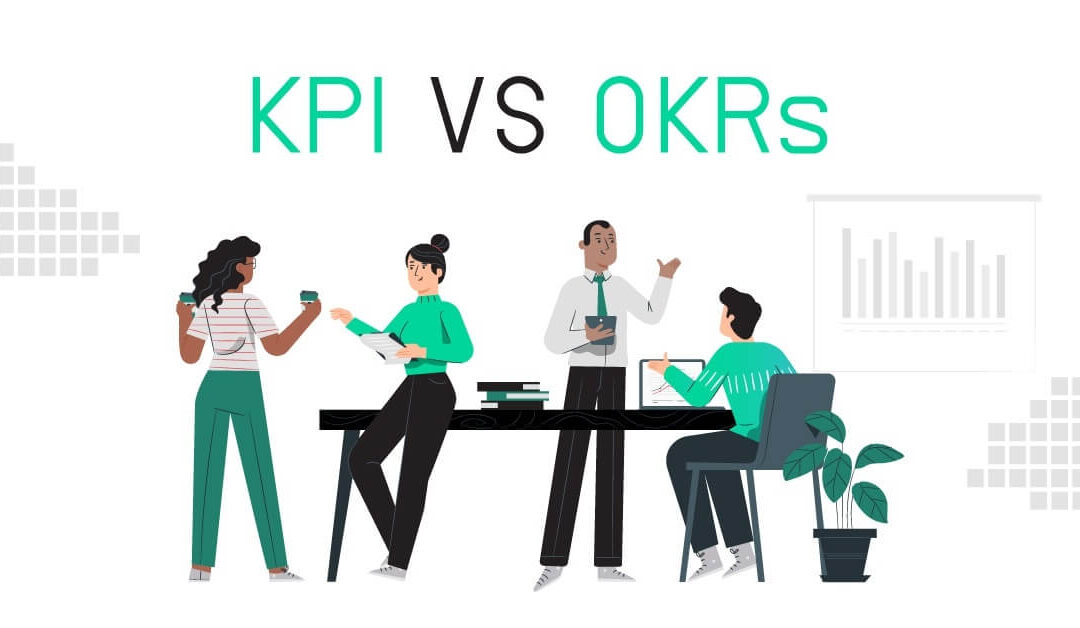Trying to figure out how to set effective objectives for your organization? You are likely to come across two acronyms — OKR and KPI. But what do these terms mean, and which is more suitable for your business? This post aims to answer those questions by providing a comprehensive comparison of Objective Key Results (OKRs) versus Key Performance Indicators (KPIs).
Understanding OKRs
First, let us delve into the realm of OKRs. The concept was conceived at Intel and later revolutionized the tech industry when adopted by Google. OKRs comprise an objective, defining what needs to be achieved, and key results, measuring how accurately these goals have been realized.
Importance of OKRs
OKRs promote transparency by aligning individual and team objectives with your company’s strategic goals. This encourages workforce productivity as every employee understands the impact of their work on the broader organizational objectives.
Distinguishing KPIs
In contrast to OKRs, Key Performance Indicators (KPIs) are quantifiable measures used by businesses to analyze their success against predefined targets. KPIs enable organizations to assess their performance and determine where improvements are needed.
Significance of KPIs
KPIs play a critical role in operationalizing strategic goals, outlining clear expectations that help employees understand their contributions to organizational success. Moreover, they highlight areas that may require intervention or modification.
Comparing OKR vs KPI
Analogously, while both OKRs and KPIs identify business targets, they function differently in practice (OKR vs KPI). Below, you will find more detailed comparisons to help ascertain which is more suitable for your business.
OKRs are Flexible; KPIs are Consistent
OKRs offer flexibility as they can be modified or reset each quarter based on evolving business requirements. On the other hand, KPIs remain stable over time, providing consistent criteria for determining organizational success.
OKRs Encourage Ambition
The nature of OKRs encourages employees to set ambitious targets that stretch beyond their comfort zones. This drives innovation and fosters a culture of continuous learning and improvement within organizations.
KPIs Ensure Business Stability
While OKRs promote ambition, KPIs ensure stability and routine operations. By monitoring data points like customer satisfaction rates or average response times, KPIs help manage day-to-day business functions effectively.
OKRs Enhance Transparency; KPIs Monitor Performance
OKRs enhance transparency within an organization by aligning individual targets with the company’s strategic goals. Simultaneously, KPIs enable businesses to monitor performance against predefined targets, making them excellent tools for performance management.
Choosing Between OKRs and KPIs
In deciding between OKR and KPI, consider your company’s goals and needs. If you value flexibility and encourage ambitious targets, OKRs might be better suited. Conversely, if you wish to stabilize functions and favor consistency, you should opt for KPIs.
Combining OKRs with KPIs?
The two methods aren’t mutually exclusive – many organizations successfully employ both. Use OKRs to drive strategy, innovation, and risk-taking, while KPIs can act as a monitor for essential core operational aspects of the business.
Creating Successful OKRs and KPIs
To create successful OKRs or KPIs, they must be relevant, quantifiable, and attainable. Furthermore, continual communication is key within an organization to allow every member to understand their contribution to the company’s objectives.
Embracing a Culture of Performance Measurement
Regardless of which methods you choose, adopting a culture of performance measurement is crucial. It fosters accountability, transparency, and alignment across all levels of the organization.
The Bottom Line
Both OKRs and KPIs have unique advantages that serve different purposes within an organization. Your choice between the two or combination thereof should align with your company’s goals and operational needs.
